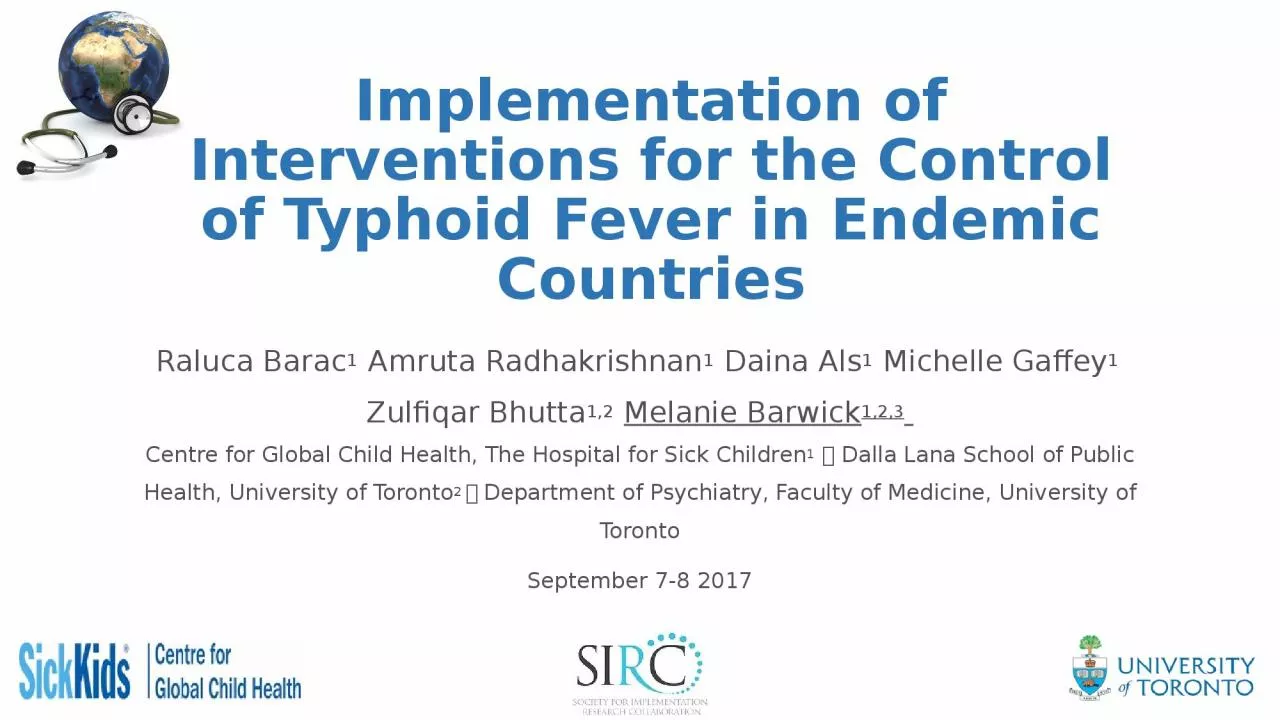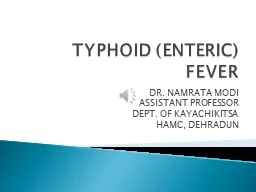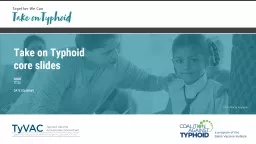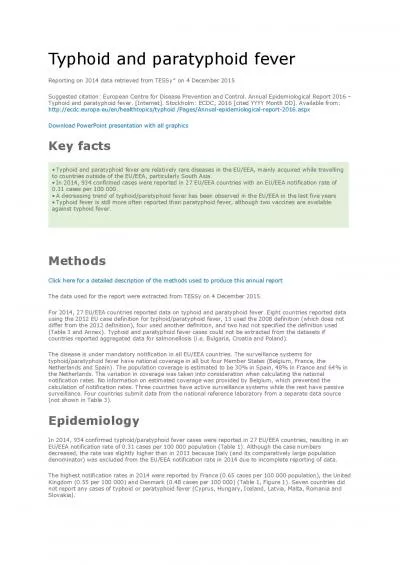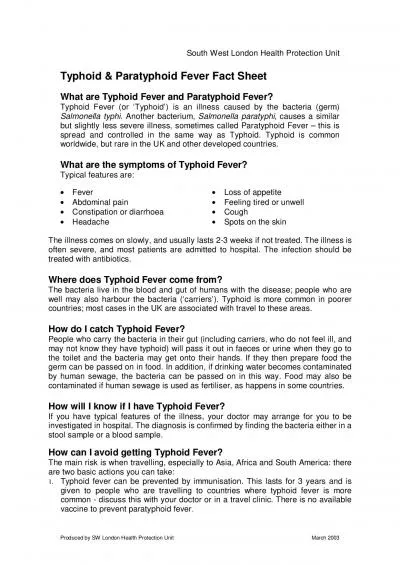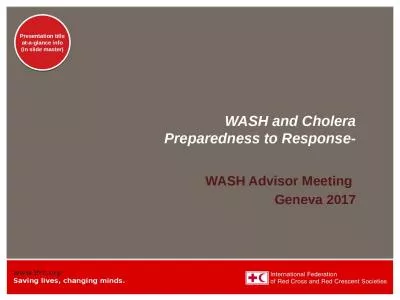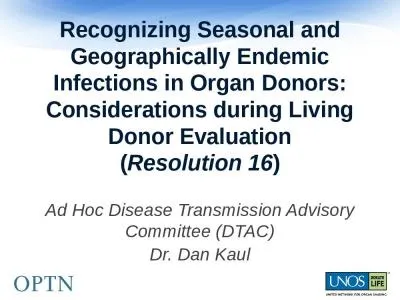PPT-Impleme n tation of Interventions for the Control of Typhoid Fever in Endemic Countries
Author : SugarAndSpice | Published Date : 2022-08-02
Raluca Barac 1 Amruta Radhakrishnan 1 Daina Als 1 Michelle Gaffey 1 Zulfiqar Bhutta 12 Melanie Barwick 123 Centre for Global Child Health The Hospital for
Presentation Embed Code
Download Presentation
Download Presentation The PPT/PDF document "Impleme n tation of Interventions for th..." is the property of its rightful owner. Permission is granted to download and print the materials on this website for personal, non-commercial use only, and to display it on your personal computer provided you do not modify the materials and that you retain all copyright notices contained in the materials. By downloading content from our website, you accept the terms of this agreement.
Impleme n tation of Interventions for the Control of Typhoid Fever in Endemic Countries: Transcript
Download Rules Of Document
"Impleme n tation of Interventions for the Control of Typhoid Fever in Endemic Countries"The content belongs to its owner. You may download and print it for personal use, without modification, and keep all copyright notices. By downloading, you agree to these terms.
Related Documents

